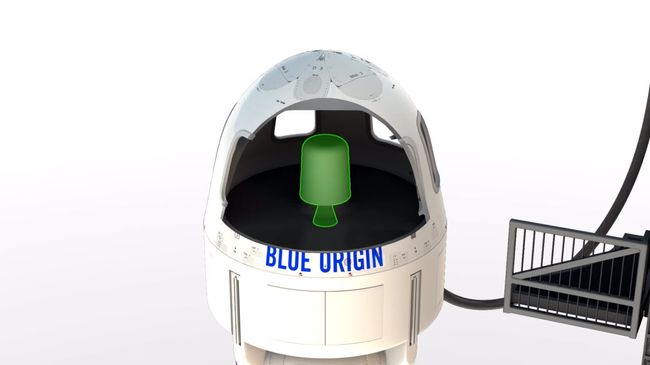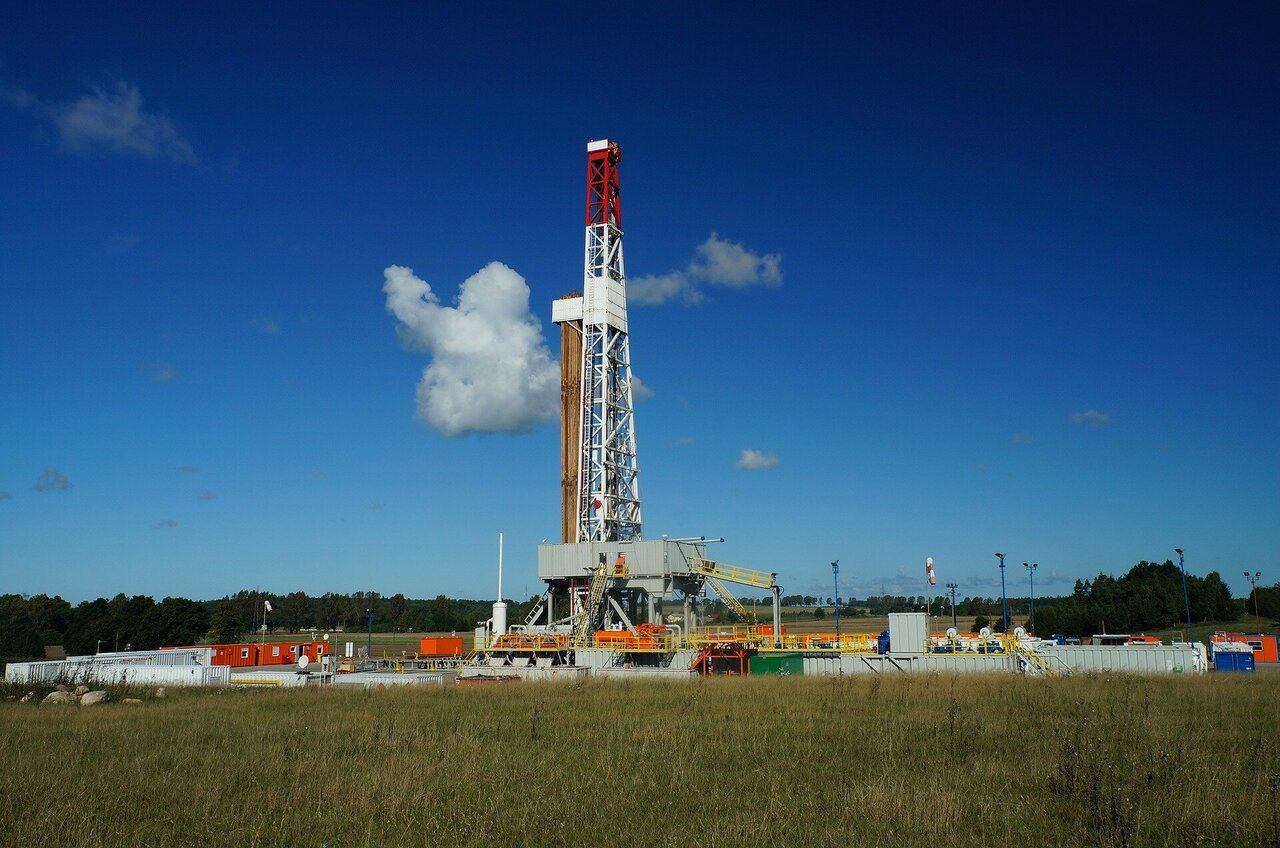Declining Earthquake Rates On Santorini: A Scientist's Perspective

Table of Contents
Geological Factors Influencing Santorini's Seismic Activity
Magma Chamber Pressure and Eruption Cycles
The relationship between magma pressure within Santorini's volcanic system and the frequency of earthquakes is well-established. Increased magma pressure leads to increased stress on surrounding rocks, resulting in more frequent and potentially stronger earthquakes. Conversely, a period of reduced magma pressure, potentially following a significant eruption or a period of intense volcanic activity, could explain the observed decline in Santorini earthquake rates. Studies using seismic tomography and magma chamber monitoring techniques help scientists to image the subsurface structure and track changes in magma movement and pressure.
- Reduced magma influx: A decrease in the supply of magma from the mantle could lead to reduced pressure and fewer earthquakes.
- Changes in magma viscosity: Changes in the viscosity of the magma can affect the rate at which pressure builds up. Less viscous magma might degas more easily, reducing pressure build-up.
- Slow degassing of the magma chamber: The gradual release of dissolved gases from the magma can also alleviate pressure, leading to a decrease in seismic activity.
Tectonic Plate Movement and Stress Accumulation
Santorini's location at the complex boundary between the African and Eurasian tectonic plates plays a crucial role in its seismicity. The interaction of these plates generates significant stress, leading to earthquakes. However, shifts in the stress distribution due to changes in plate movement or the release of stress from previous seismic events could contribute to a temporary decrease in earthquake frequency. GPS measurements and strainmeter data provide valuable insights into these tectonic processes.
- Changes in plate boundary interactions: Subtle shifts in the relative motion of the tectonic plates could alter the stress regime in the Santorini region.
- Stress release from previous seismic events: Major earthquakes can release accumulated stress, leading to a period of reduced seismic activity.
- Influence of regional tectonic forces: Broader regional tectonic forces beyond the immediate plate boundary can also influence stress distribution and earthquake patterns on Santorini.
Data Analysis and Interpretation of Declining Earthquake Rates
Seismic Monitoring Networks and Data Accuracy
Monitoring seismic activity on Santorini relies on a network of seismometers strategically placed across the island and surrounding seafloor. These instruments detect ground motion caused by earthquakes, providing valuable data on their location, magnitude, and frequency. However, there are limitations to data collection. The accuracy of earthquake location and magnitude estimations depends on the density and sensitivity of the seismic network as well as data processing techniques.
- Seismic networks (location and density): The spatial distribution of seismometers influences the accuracy of earthquake location, particularly for smaller events.
- Data processing techniques: Various algorithms are used to process seismic data, and the choice of algorithm can affect the results.
- Accuracy of earthquake location and magnitude estimations: Uncertainties in these parameters can influence interpretations of trends in earthquake frequency and magnitude.
Statistical Analysis of Earthquake Frequency and Magnitude
Analyzing long-term trends in Santorini earthquake rates requires sophisticated statistical techniques. Time series analysis is used to identify patterns and trends in earthquake frequency and magnitude over time. Statistical significance testing helps to determine if observed changes are statistically significant or merely random fluctuations. Comparing current data with historical earthquake records provides crucial context.
- Time series analysis: Identifying patterns, trends, and seasonality in earthquake occurrences.
- Statistical significance testing: Determining the probability that observed changes are not due to chance.
- Comparison with historical earthquake records: Putting recent trends into a long-term perspective.
Implications and Future Research
Predicting Future Seismic Activity
Predicting future earthquake activity on Santorini remains a significant challenge. While long-term monitoring programs provide valuable data, the complex interplay of geological and tectonic factors makes precise prediction difficult. Continued research and development of advanced warning systems are essential for public safety.
- Limitations of earthquake prediction models: Current models cannot accurately predict the timing, location, or magnitude of future earthquakes.
- Importance of long-term monitoring programs: Continuous monitoring is crucial for identifying subtle changes and potential precursors to increased seismic activity.
- Development of advanced warning systems: While perfect prediction is not possible, early warning systems can provide valuable time for preparedness and mitigation.
Volcanic Hazard Assessment and Risk Mitigation
The decline in Santorini earthquake rates needs careful consideration within the broader context of volcanic hazard assessment. While a decrease in seismicity might seem reassuring, it doesn't necessarily imply reduced volcanic risk. The interplay between seismic activity and volcanic eruptions is complex, and changes in one parameter do not always directly translate into changes in the other. Comprehensive hazard mapping, risk assessment, and community education are essential for effective risk mitigation.
- Volcanic eruption scenarios: Developing various eruption scenarios based on different potential triggers and magnitudes.
- Hazard mapping and risk assessment: Identifying areas at greatest risk from various volcanic hazards.
- Community education and emergency response plans: Educating the public about volcanic hazards and developing effective emergency response plans.
Conclusion
The apparent decline in Santorini earthquake rates presents a scientific puzzle demanding further investigation. While geological factors such as magma chamber pressure and tectonic plate movements offer plausible explanations, a comprehensive understanding requires more research. Improved data collection, sophisticated statistical analyses, and continuous monitoring are critical for refining our understanding of Santorini's volcanic and seismic activity. Continued research into Santorini earthquake rates, including investigation into the changes in Santorini seismic activity, is vital for accurate hazard assessment and effective risk mitigation strategies. By staying informed about the latest scientific findings regarding Santorini earthquake rates, we can better prepare for future events and ensure the safety of the island's inhabitants and visitors.

Featured Posts
-
 Bayern Munich Fan And Expert Reactions To Muellers Potential Exit
May 12, 2025
Bayern Munich Fan And Expert Reactions To Muellers Potential Exit
May 12, 2025 -
 Valentina Shevchenko Vs Manon Fiorot Ufc 315 Fight Preview
May 12, 2025
Valentina Shevchenko Vs Manon Fiorot Ufc 315 Fight Preview
May 12, 2025 -
 Herta Seeks Crucial Speed At Barber Paddock Buzz
May 12, 2025
Herta Seeks Crucial Speed At Barber Paddock Buzz
May 12, 2025 -
 George Clooney Kai Adam Sandler Sto Jay Kelly I Nea Tainia Toy Netflix
May 12, 2025
George Clooney Kai Adam Sandler Sto Jay Kelly I Nea Tainia Toy Netflix
May 12, 2025 -
 Rocket Launch Abort Blue Origin Announces Subsystem Problem
May 12, 2025
Rocket Launch Abort Blue Origin Announces Subsystem Problem
May 12, 2025
 New Zealands Oil And Gas Drilling Policy A Turning Point
New Zealands Oil And Gas Drilling Policy A Turning Point
